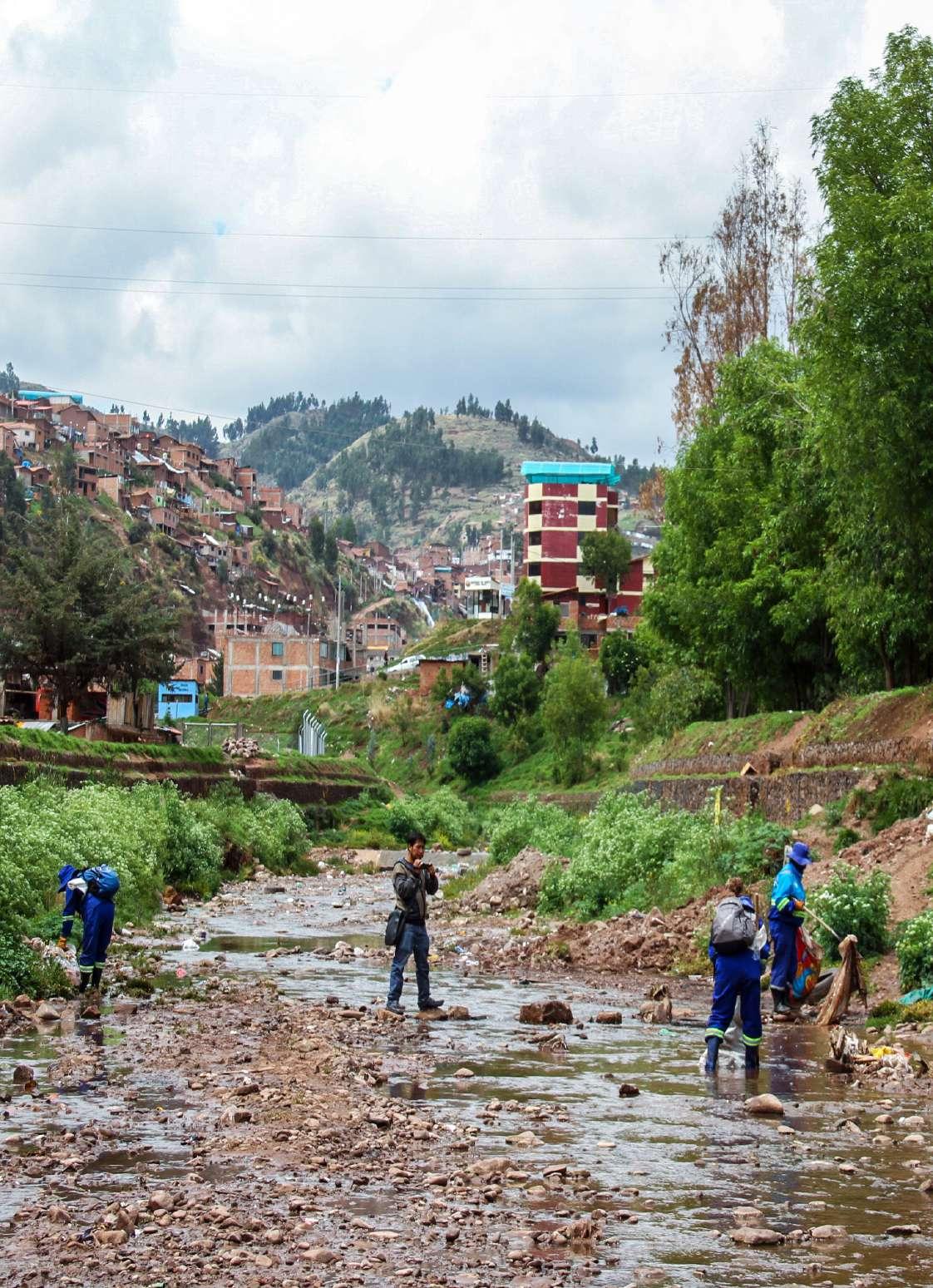
UNIVERSIDAD RICARDO PALMA FACULTAD DE ARQUITECTURA Y URBANISMO



UNIVERSIDAD RICARDO PALMA FACULTAD DE ARQUITECTURA Y URBANISMO

“Fewnovels can surpass that of the granite citadel at the top of the steep precipices of Machu Picchu, the crown of the land of the Incas.”
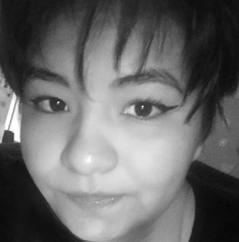



In the present document, the points of social analysis of the department of Cusco will be taken on a macro scale and of the current location of the Alejandro Velasco Astete International Airport on a micro scale.
Population growth, housing equipment, education, health, tourism and citizen insecurity will be taken into account. Reviewing the statistical data of the INEI, the National Census of 2017 and the jurisdiction of the PNP Cusco commissioner.
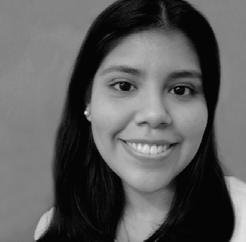 Alarcón Reymundo, Vitia Sarai @saraialison15
Ccalla Chusho ,Jimena Alejandra @jimen_ale6
Larrea Granados,Válery Marleni @valemarleni
Robledo Ancajima,Sayny Lucero @sayny_r
Villegas Niño, Anna Paula @apvillegasarchitect
Alarcón Reymundo, Vitia Sarai @saraialison15
Ccalla Chusho ,Jimena Alejandra @jimen_ale6
Larrea Granados,Válery Marleni @valemarleni
Robledo Ancajima,Sayny Lucero @sayny_r
Villegas Niño, Anna Paula @apvillegasarchitect
1. DEMOGRAPHY
2. POPULATION GROWTH
3. HUMAN DEVELOPMENT INDEX
4. POPULATION STATISTICS
• a.By gender
• b.By age
5. EQUIPMENT
• a.Dwelling
• I.Dwelling zone
•
• II.Condition of occupancy of the private dwelling
•
• III.Dwelling and home characteristics
•
• IV.Accessibility to basic services
•
• V.Residential density
•
• VI.State of conservation
•
• VII.Materials
•
• VIII.Materials
• b.Demuna
• c.Education
• d.Health
• e.Tourism
6. CITIZEN INSECURITY
Source: The definitive guide to Peru. (2018, 2 de agosto).
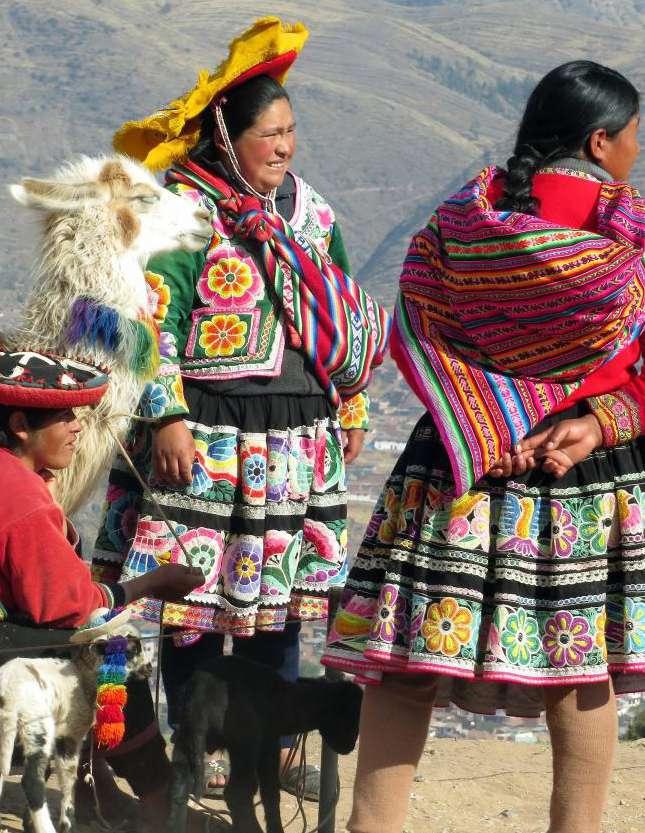


The main objective of this report is to present the estimates and demographic characteristics of the department of Cusco. It should be noted that for this edition an adjustment was made with the number of deaths from COVID 2019 given by the Ministry of Health and the number of Venezuelan immigrants who are in Peru, which only in mid-2021 were counted by the National Health Superintendence . Migration.

Source: INEI
The gap between the gender percentages is 1.4%, with men being the gender with the highest percentage. This statistical information was compiled from the entire department of Cuzco, both rural and urban, from the National Institute of Statistics and Informatics of Peru, as well as the percentages of basic services presented here for life expectancy and EAP.

Source: INEI
Index referring to political participation, employment and education, by department, 2021
Source: INEI
Source: They highlight the participation of the population during the blessings of the Lord of Earthquakes(Perú). Andina.pe. Recuperado el 23 de febrero de 2023, 01. POPULATION BY GENDER 02. ACCESS TO SERVICE 03.

PEOPLE CONCENTATION MAP IN 2022
Source: INEI
The highest concentration of population in Cusco is to the west where a mass of urban movement is concentrated due to tourism and commercial movement, the number of people by 2020 has increased despite the decreases due to covid 19, however by 2022 it has decreased.

The population density towards 2020 is 19 inhab/km2, a value that has grown compared to 207, which was 16 inhab/km2, this is due to the population growth that it has had for 2020.


Source: INEI

Likewise, an urban extension to the south of Cusco has been identified due to the integration of new urban facilities built in 2016 and 2018.


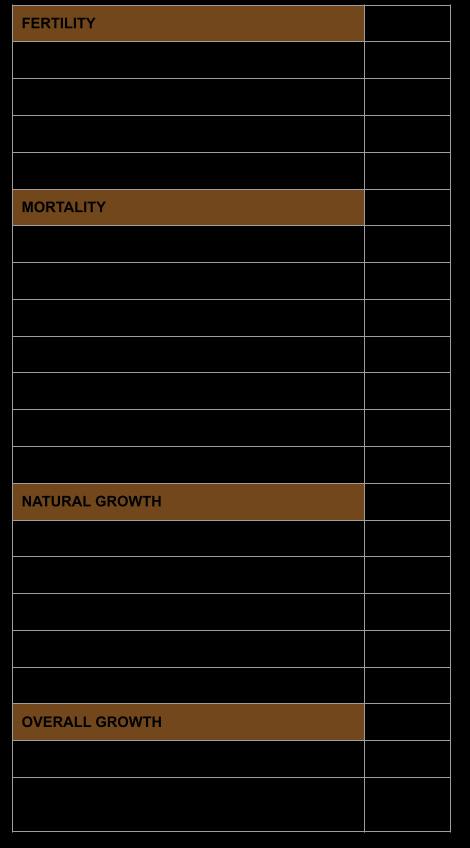
Source: INEI
The indicators show Cusco in 2020 with a population growth reflected in the fertility rate, on the other hand, a factor of increase in the mortality rate in 2020 was the covid-19 pandemic. for remote work or analysis.
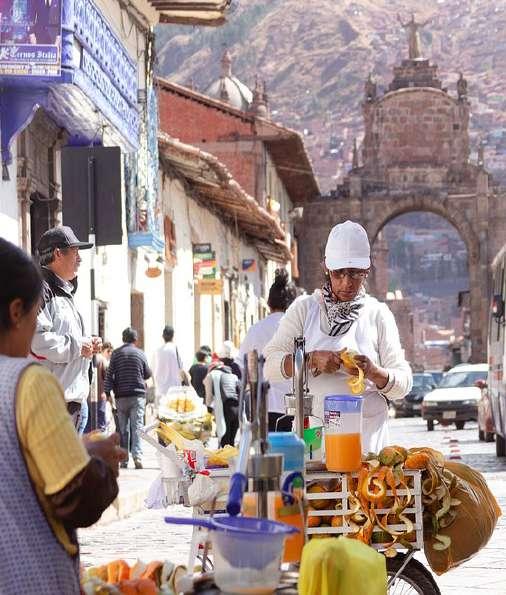
Likewise, it presents an increase in the human development index towards 2003 and 2007, no values were found at present.
Source: Place: Misminay Community - Credits: Condor Travel
01. POPULATION STATISTICS: Total registered population of the department of Cusco (2017 CENSUS): 1,205,527
Source: INEI - National Population and Housing Censuses 2007 and 2017
02. ETHNIC SELF-IDENTIFICATION: Urban and rural census population
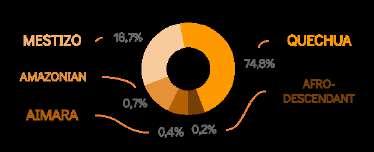
Source:NEI - National Census 2017: XII of Population, VII of Housing and III of Indigenous Communities
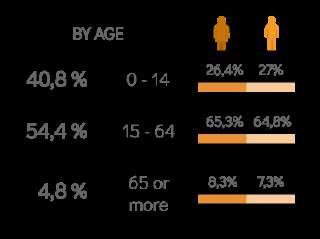
Source: Slope of San Blas, Cusco, Peru. (n.d.). Flickr. Retrieved February 23, 2023
a. DWELLING
I. DWELLING ZONE: Rural and urban census population
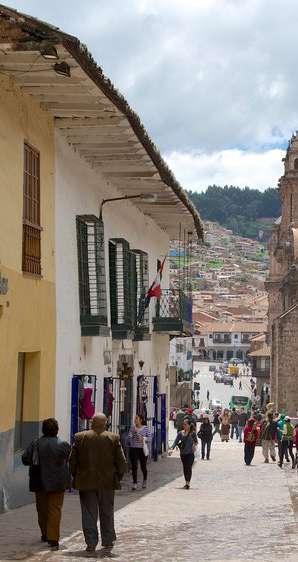
Source:INEI - National Population and Housing Censuses 2007 and 2017
II. CONDITION OF OCCUPANCY OF THE PRIVATE DWELLING

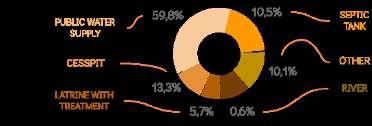



Source:INEI - National Population and Housing Censuses 2007 and 2017
III. DWELLING AND HOME CHARACTERISTICS:

IV. ACCESSIBILITY TO BASIC SERVICES: Water supply, electricity and drainage (2017 CENSUS)
Source:INEI - National Population and Housing Censuses 2007 and 2017
Source :Bioclimatic homes benefit 280 residents of Cusco. (n.d.). Andina.pe. Retrieved February 23, 2023


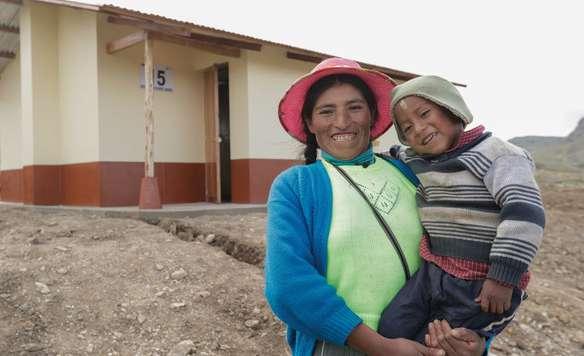
Source:Google Maps Cusco Perú
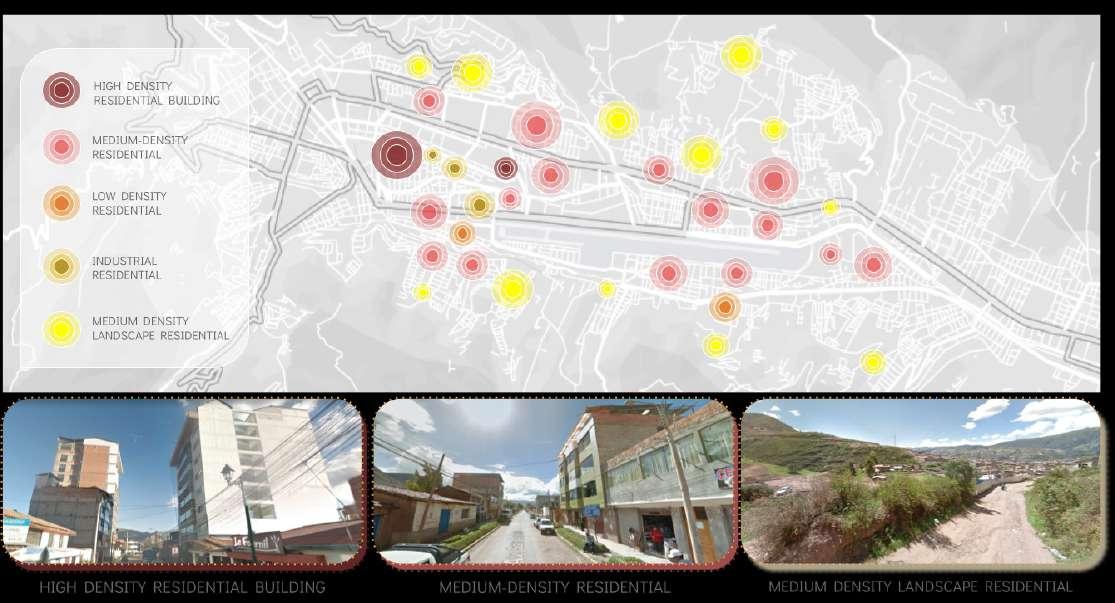
Source:Provincial Municipality of Cusco 2017
Source:Provincial Municipality of Cusco 2017
According to what was analyzed in the table regarding housing on the indicators of the state of conservation, the majority is observed in a regular state due to the use of basic materials in the area, such as the predominance of brick without a prior constructive analysis. When presented in a mountainous area, an adequate study is necessary for the correct use of materials and construction systems present, such as climate adaptation.

Regarding the demunas around the area, community areas that provide services to children and teenagers to promote and protect their rights, are present at various strategic points. Likewise, there are soup kitchens for any type of user in need in order to receive food support.

MOST USED MATERIALS .The predominant construction materials in the Cusco district are concrete, brick and concrete-block, reaching approximately 63%.

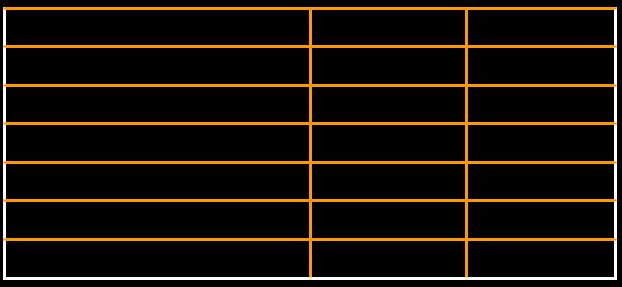

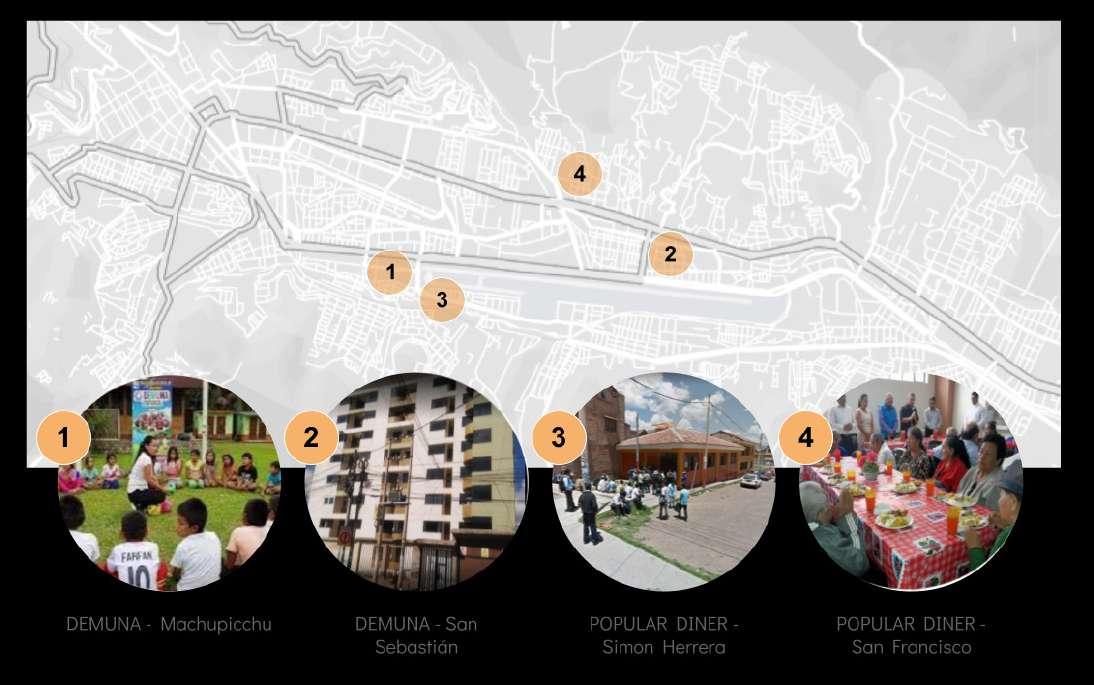
MOST USED MATERIALS: Approximately 55% of the buildings are in a fair state of conservation
Adobe is the predominant wall material
The predominant roofing material is clay and adobe tiles

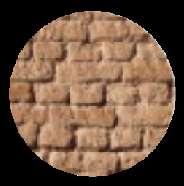
Earth is the predominant flooring material

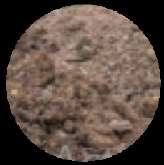
Source: CULTURE, EDUCATION AND SPORTS MANAGEMENT. Gob.pe. Retrieved February 23, 2023
01. EDUCATION LEVEL:The male population aged 15 and over ,of the departament of Cusco (2009-2019)
Source:INEI (2017)
% EDUCATION(2019)


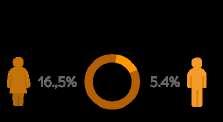
Source:INEI (2019)
02. ILLITERACY:Illiteracy rate of the population aged 15 and over,of the departament of Cusco (2009-2019)


Source:INEI (2017)
% ILLITERACY (2009-2019)

Source:INEI (2009-2019)

In Cusco, more than 60% of public educational institutions (IEEE) of the Cusco region are in poor condition, a situation that puts the return to the face -to -face and semi -resistority of thousands of students who restart school classes this year at risk this year. The 2021 educational census indicates that, in the Cusco region, only 37.1% of public and private schools have water, drainage and electricity, below the national average (41.4%), located in 13th place at level regional. Considering only public schools, 62.26% do not have access to the three basic services, although these educational centers attend more than 80% of basic education students.
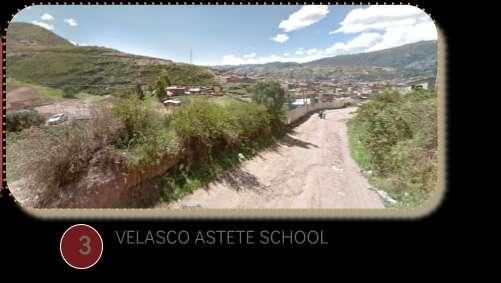



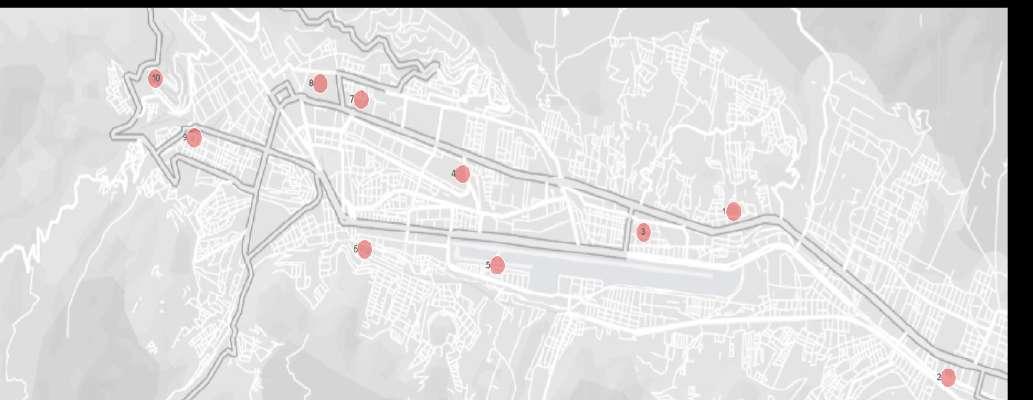
Source: More than 56 thousand patients with Covid-19 were discharged from hospitals de. (2020, June 23).



01. HEALTH SECTOR ESTABLISHMENTS: Infrastructure of the health sector,of the department of Cusco (2019)

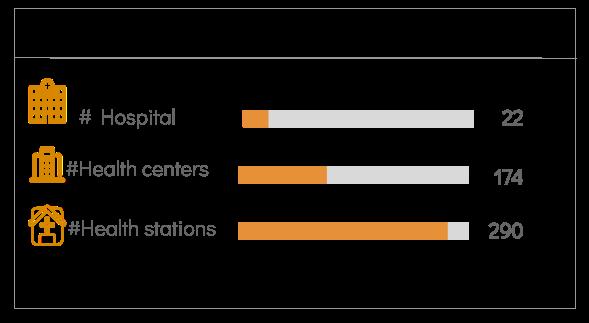
Source:INEI (2016-2019)
02. MORBIDITY: Population that reported suffering from any chronic health problem ,of the department of Cusco (2019).
Source:INEI (2016-2019)
03. MORBIDITY: Population that reported suffering from any chronic health problem ,of the department of Cusco (2008-2019).
Source:INEI (2016-2019)

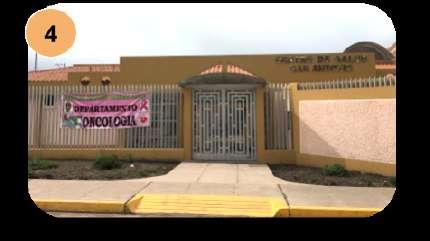
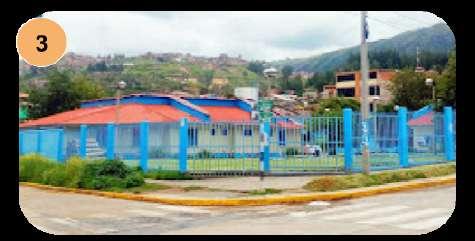

Source:
HEALTH CENTER PRIMERO DE ENERO
Source: Google Maps
ESSALUD SAN SEBASTIAN
Source: Plaza Mayor (Plaza de Armas). (2018, January 21).
HEALTH CENTER STATION SAN ANTONIO
Source: Google Maps
In Cusco we find different equipment, according to data from INEI 2019 there are 22 hospitals, 174 health centers and 290 health posts, being the most predominant.
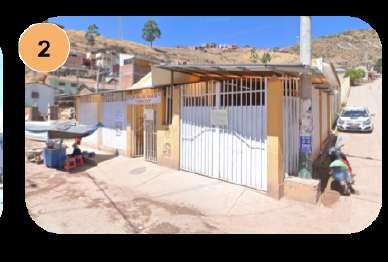
Morbidity according to gender is 36.8% for women and 28.7% for men, it can also be deduced according to the morbidity graph from 2008 to 2019 that there is an increase in morbidity, remaining between 2015 and 2019.
The map shows the location of the health establishments near the Velasco Astete international airport, among them we mention some such as the Antonio Lorena hospital, the Primero de Enero and San Antonio health centers, the ESSALUD establishment.
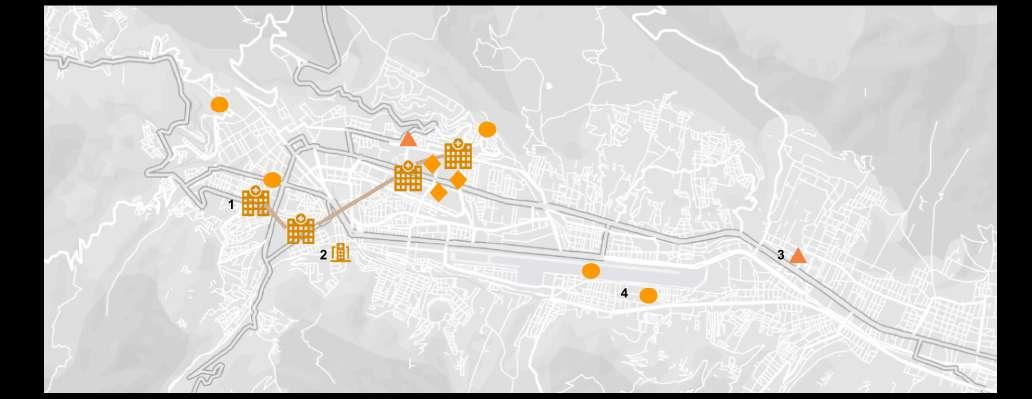
According to data from the Center for Business Studies of the Cusco Chamber of Commerce (CEE), receptive tourism fails to recover, being the sector most affected by not reaching 12% of what it was in 2019.
From January to November 2019, between national and foreign tourists, 1 million visits to Machupicchu were registered; in 2021 the visits were reduced to 398 thousand visits, that is, they fell by 72%.
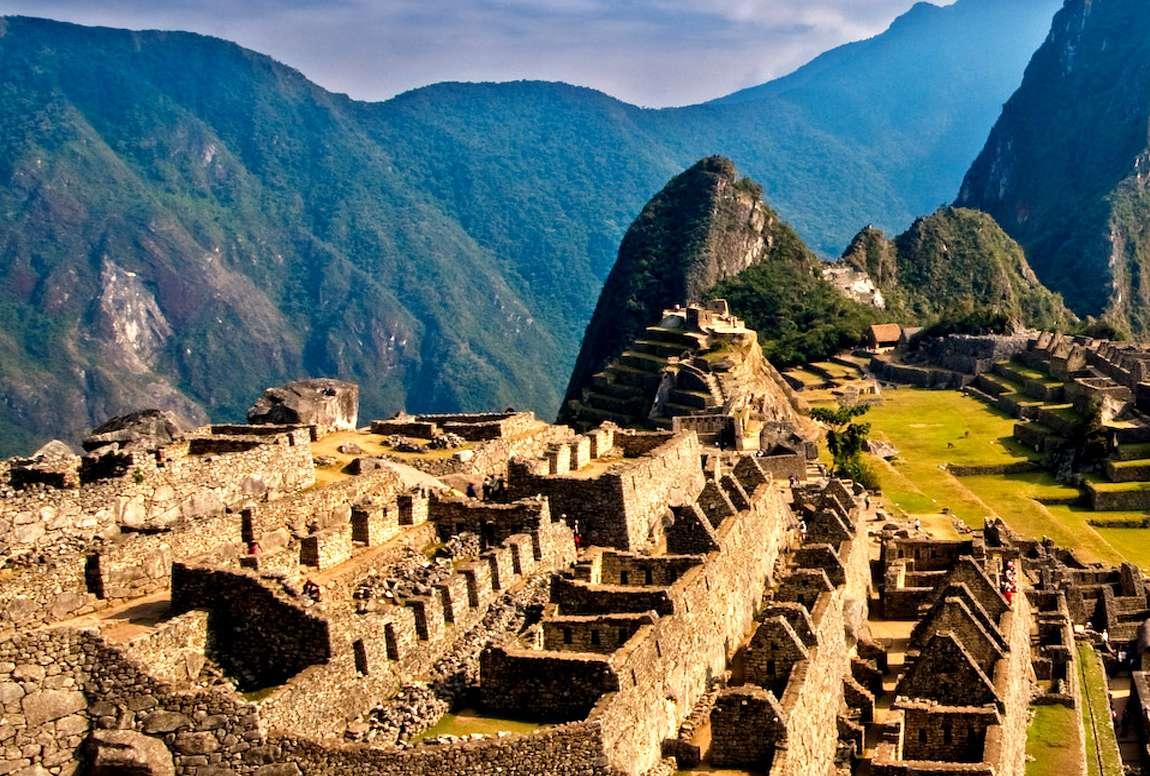
The figure does not even reach the visits received in the low season (from November to March) in 2019, before the pandemic.


 Source: Tourism will recover in South America during 2023: Peru is the exception.(2023, 31 de enero).
Source: Tourism will recover in South America during 2023: Peru is the exception.(2023, 31 de enero).
Source:Puente, J. (2014, August 12). Sacsayhuaman: Ruins of a magnificent Inca fortress.
Source:History of Qoricancha. Tikaymi. Retrieved February 23, 2023,
01. TOURISM IN CUSCO: Arrival of visitors. (2021)
Source:Chamber of Commerce Industry, services, tourism and production of Cusco
02. TOURISM IN CUSCO: In the years 2020 and 2021, the 5 most visited tourist places were registered



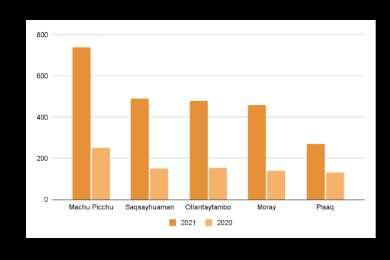

Source:Ministry of Culture - Regional Directorate of Culture Cusco
03. TOURISM IN MACHU PICCHU: Arrival of visitors. (2021)
Source:Plaza Mayor (Plaza de Armas). (2018, January 21).
Source: Peru.travel. Retrieved February 23, 2023
04. TOURISM IN MACHU PICCHU: Arrival of visitors. (2015-2022)
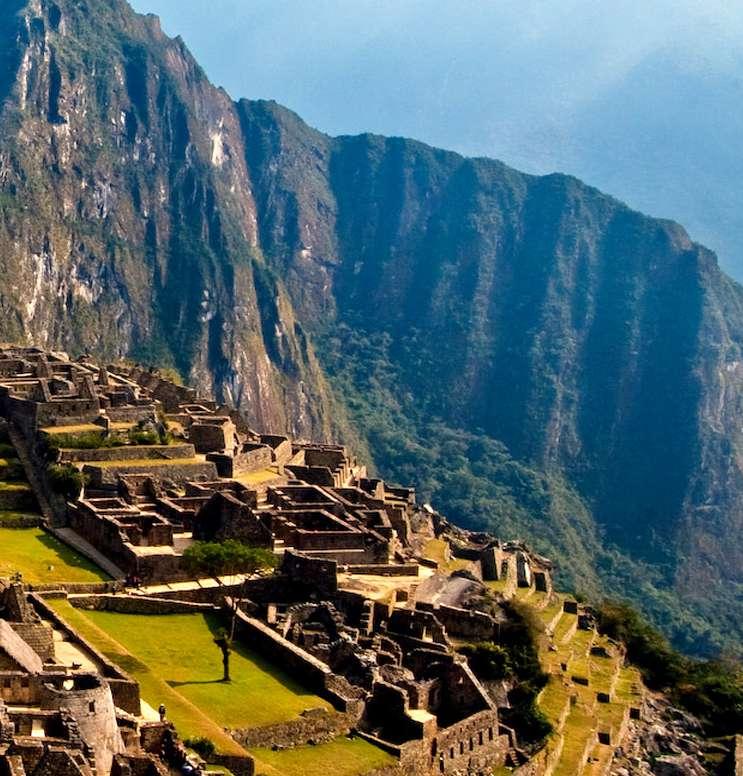
Source:Chamber of Commerce Industry, services, tourism and production of Cusco
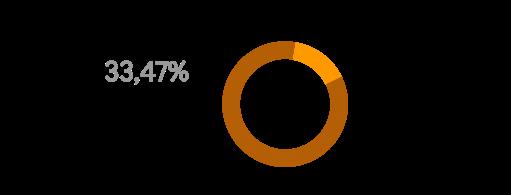 PLAZA DE ARMAS OF CUSCO QENCO ARCHEOLOGICAL COMPLEX
PLAZA DE ARMAS OF CUSCO QENCO ARCHEOLOGICAL COMPLEX



According to the INEI, Cusco occupies the fourth place with criminal incidence, of the total cases of the national population aged 15 years and over that have been targeted by criminals, 23.9% have occurred in Cusco, a percentage higher than that of Lima, which houses 20.8% of cases.

The problem under analysis is generally configured in the districts that are the exit and entrance to the province of Cusco due to the poor condition of the roads, the consumption of alcoholic beverages by drivers and the interruption of informal terminals. According to the statistics, Cusco as a department has a high rate of fatalities and injuries due to traffic accidents, a problem that has to do with citizen security and that from the COPROSEC Cusco, theft is the crime with the highest incidence for the 2021
Within the urban area, 10 police stations have been found, located mainly in the Northwest.

In the Fiscal District of Cusco there are 83 prosecutors, made up of 203 prosecutors, among them we have specialist prosecutors in the criminal area, family, corruption of officials, anti-drugs, tourism, crime prevention, human trafficking, environment and in the area of domestic violence. Organic Units that have fiscal and administrative personnel, who together with the work of Legal Medicine and UDAVIT professionals, provide the corresponding services to our Cusco society.
The PNSC has established Cusco as one of the priority regions for violence against women and it is perhaps one of the main citizen security problems in the province of Cusco, in which all the institutions that are part of COPROSEC intervene with the purpose of to carry out actions aimed at reducing this problem with articulated and responsible work.

The streets and avenues where the highest crime rate has been found are the areas with the greatest commercial movement or pedestrian/urban mobilization, located to the northeast.
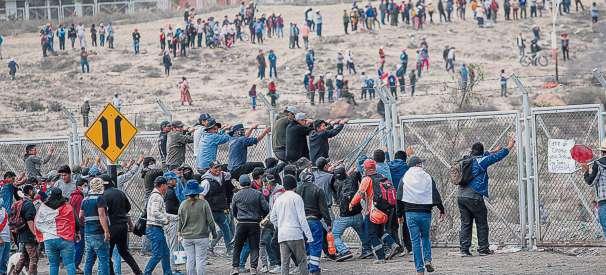

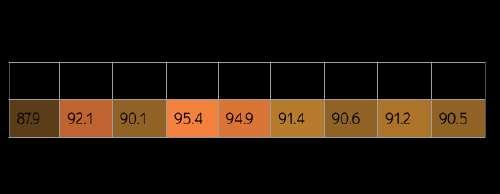
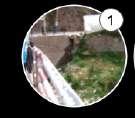
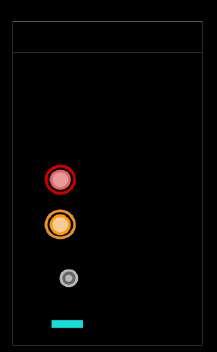



In Cusco there is noise pollution to the east and west due to traffic congestion and urban movement, likewise it has pollution with greater accumulation of garbage and dumping in 1 and 2.
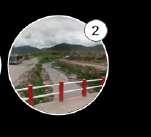

In the Cusco district, the Plazoleta Limaqpampa presents high contamination, with a higher incidence due to high vehicular traffic.In the Santiago district, the levels of particulate matter are below the environmental quality standard, however, the values recorded at the Manco Capac Health Center and Botadero de Jaquira should be considered as critical points, because their values are very close. to the Environmental Quality Standard for Air 150 ug/m3.In the Wanchaq district, the CC.HH. Hilario Mendivil and Parque Pukllaycancha registered high concentrations of particulate matter, however, the monitoring carried out at the front of the District Municipality of Wanchaq should be taken into account because it registered levels close to the Environmental Quality Standard for Air.In the San Jerónimo district, the records obtained in Petro Perú and the Cusco Sur Health Services Network showed high concentrations of particulate matter, this due to the presence of the brick sector in the area and vehicular traffic.

The daily monitoring of carbon monoxide in the automatic station installed in the Regional Hospital of Cusco (Currently out of operation), in which it turns out that the maximum value is 644 ug/m3, which does not exceed the Environmental Quality Standard for Carbon monoxide established, which indicates that carbon monoxide is a pollutant of little incidence in the atmospheric basin of Cusco.

Source: FlyerTalk’s Travel Photography forum
